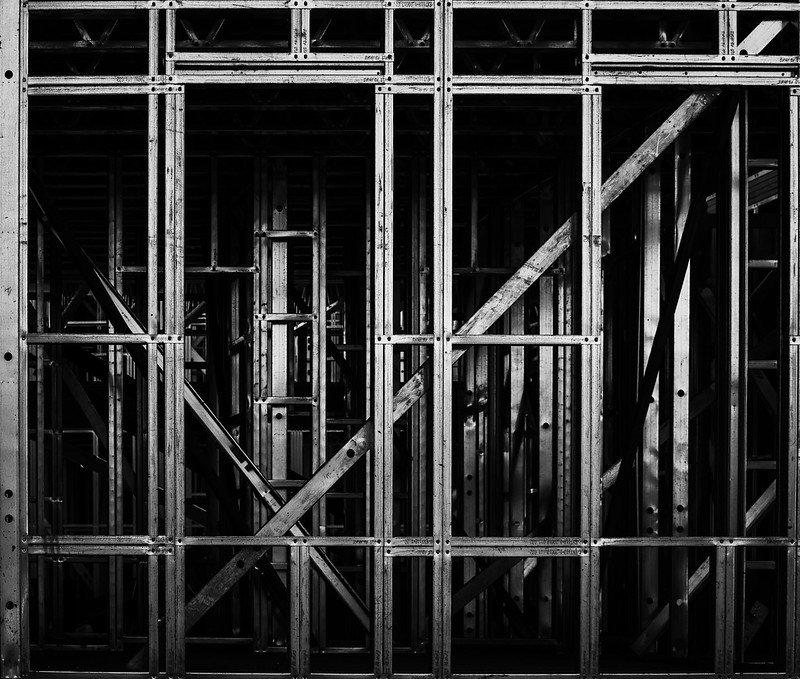
Coming off a season of supply chain and lead time woes, inflation, and fears of a looming recession, the outlook for 2023 and the commercial construction industry is naturally uncertain.
One of the largest construction firms in the world released a forecast for 2023 that looks a little brighter, predicting shorter lead times and receding inflation (Source.) They are also expecting growth in the following sectors: manufacturing, highways, transportation, multifamily housing, lodging, and communications. However, it is estimated that there will be construction spending decreases in single-family housing, power, improvements, and office building.
We do expect to see continued investment and energy directed towards advancement in artificial intelligence, renewable energy, connectivity, and the usage of alternative materials as we all work towards a more sustainable world and government funding directs resources towards these efforts.
The potential or in some perspectives “likely” recession could lead to a natural slowdown associated with rising interest rates, but experts expect it will be short lived based on the continual conflicting data points across the industry. They also predict it will not be felt evenly across the non-residential construction industry, “with declines in residential and commercial activity offset by growths in manufacturing and infrastructure (Source.)”
As Deloitte summarized in its report releasing predictions for 2023, “while some segments may be more bullish than others, there are headwinds—from inflation to supply chain issues—which may continue to affect the industry overall in the coming year.”
Whatever 2023 brings in its peaks and valleys, we will be here for our clients to deliver the best service and produce the highest quality work possible. Here’s to 2023!
